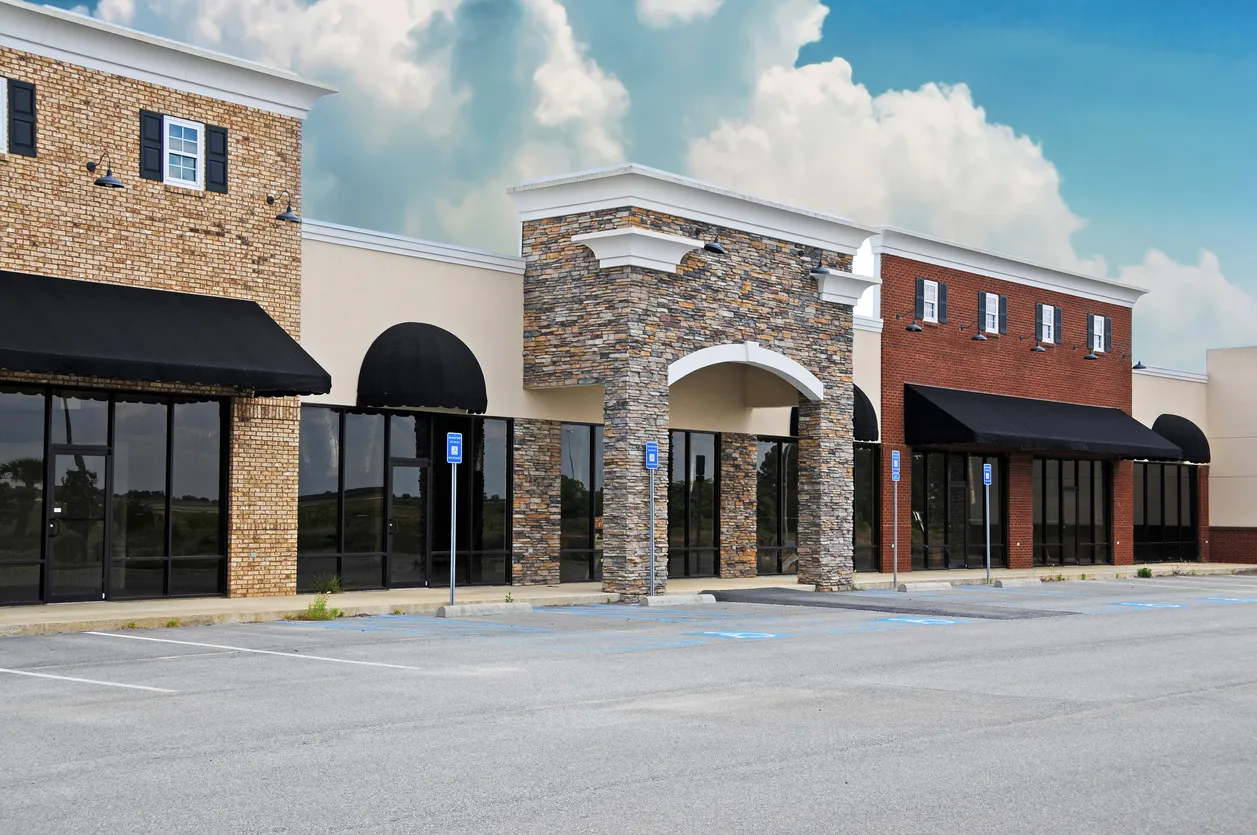Selling highly appreciated rural land—like a legacy ranch in Texas—can trigger a substantial capital gains tax, even in a state with no personal income tax. Federal long-term capital gains, depreciation recapture, and the 3.8% net investment income surtax can combine to consume a significant portion of sale proceeds. For landowners wishing to exit, preserve liquidity, or reinvest outside of real estate, traditional strategies like 1031 exchanges offer limited flexibility and often fail to maximize wealth retention.

A ranch owner sold a legacy property in Texas for $9,000,000. Under a conventional sale, the tax liability totaled $1,950,490, leaving just $6,599,510 in proceeds. Nearly a quarter of the sale proceeds were lost to taxes, limiting liquidity, reducing optionality, and restricting the owner’s ability to reinvest or redeploy capital.



